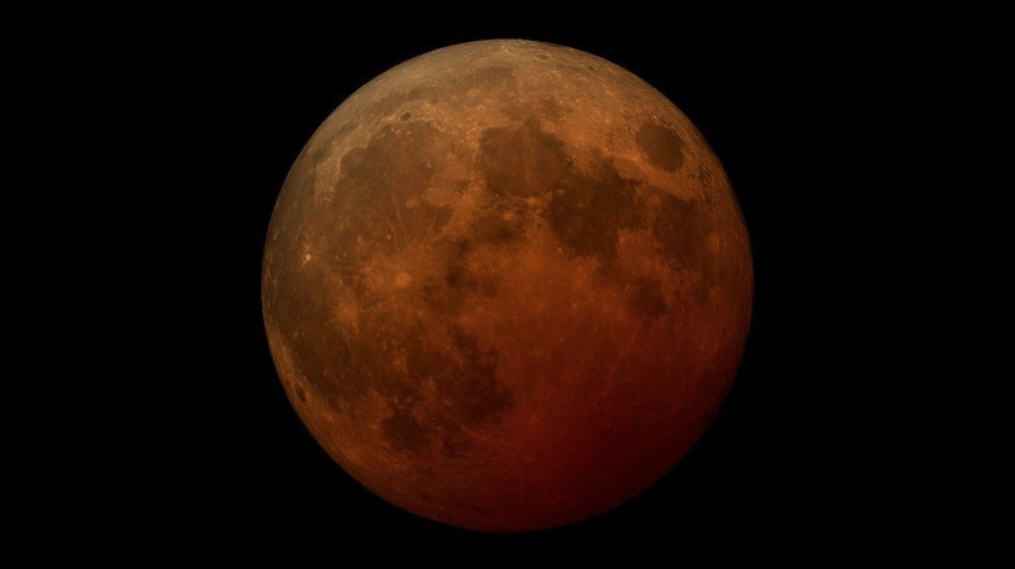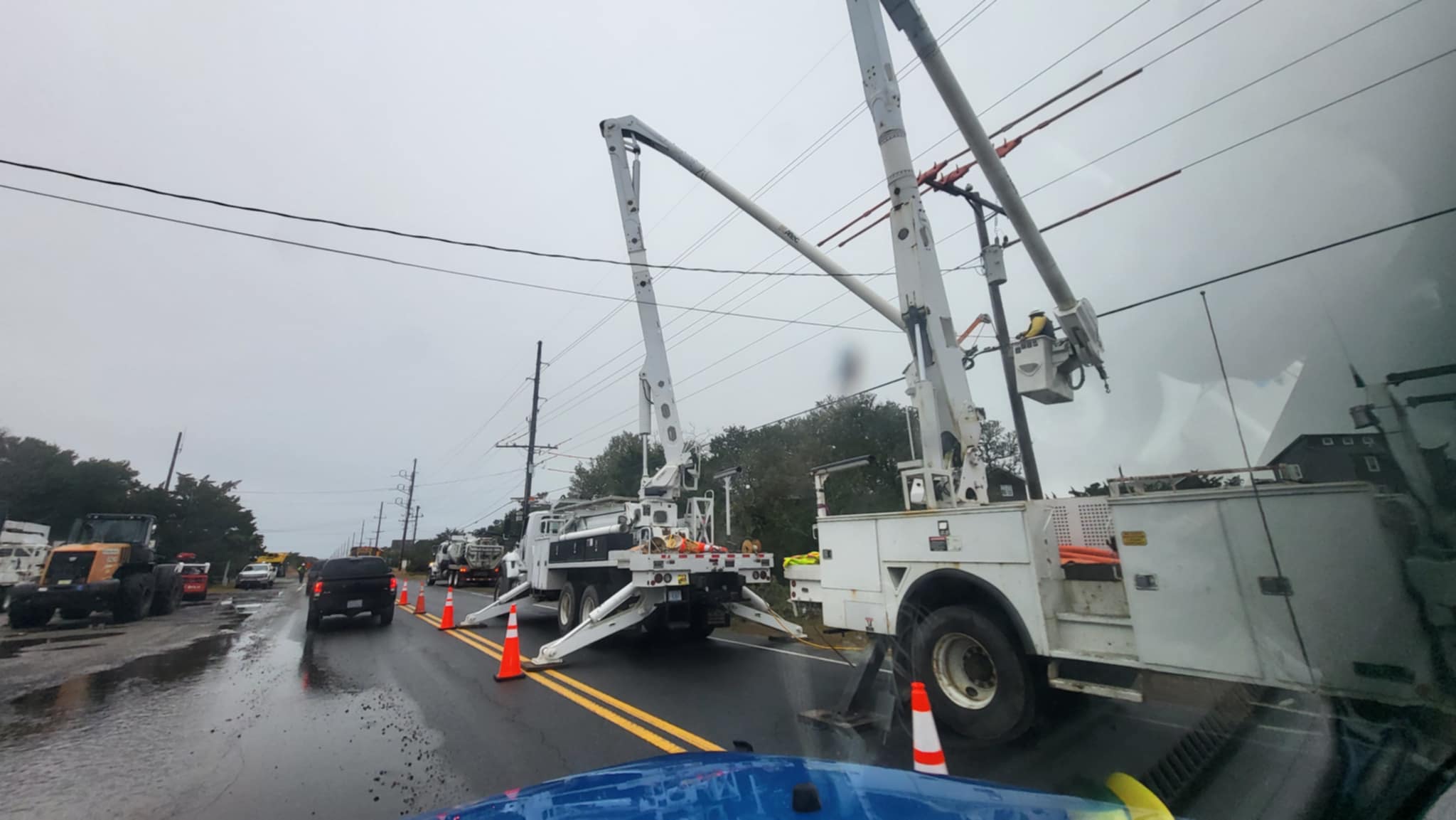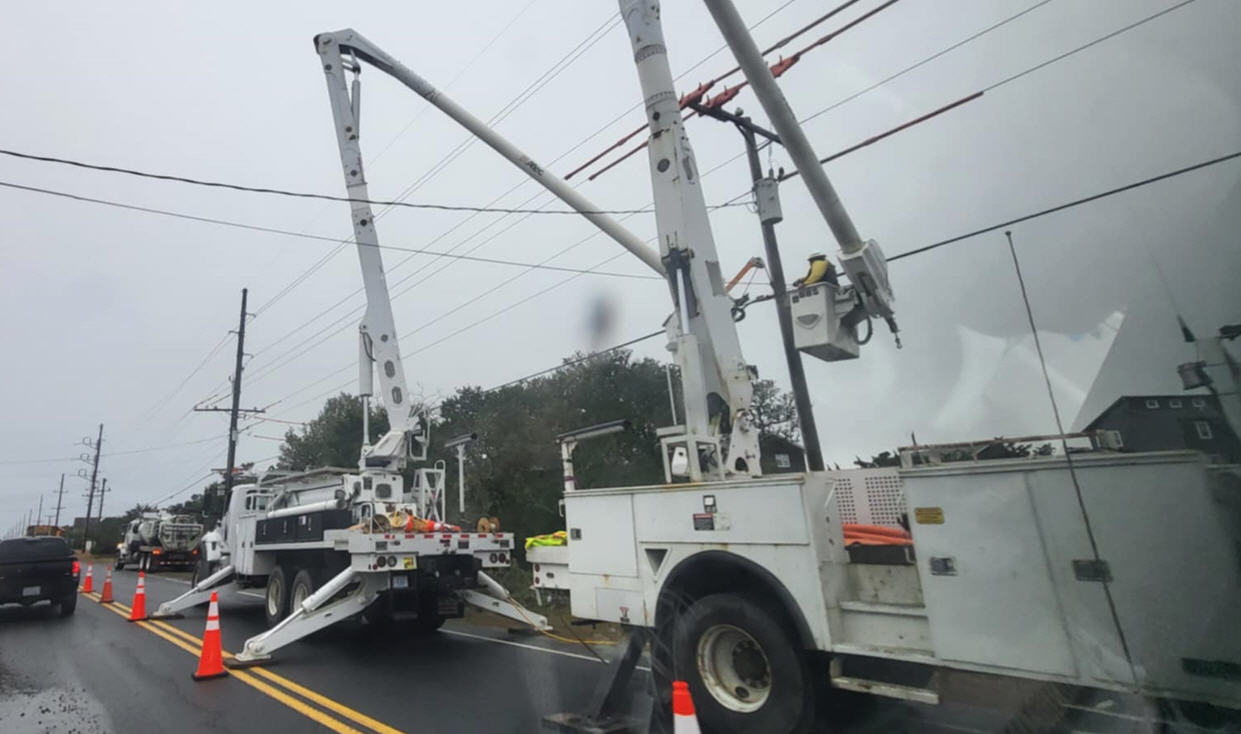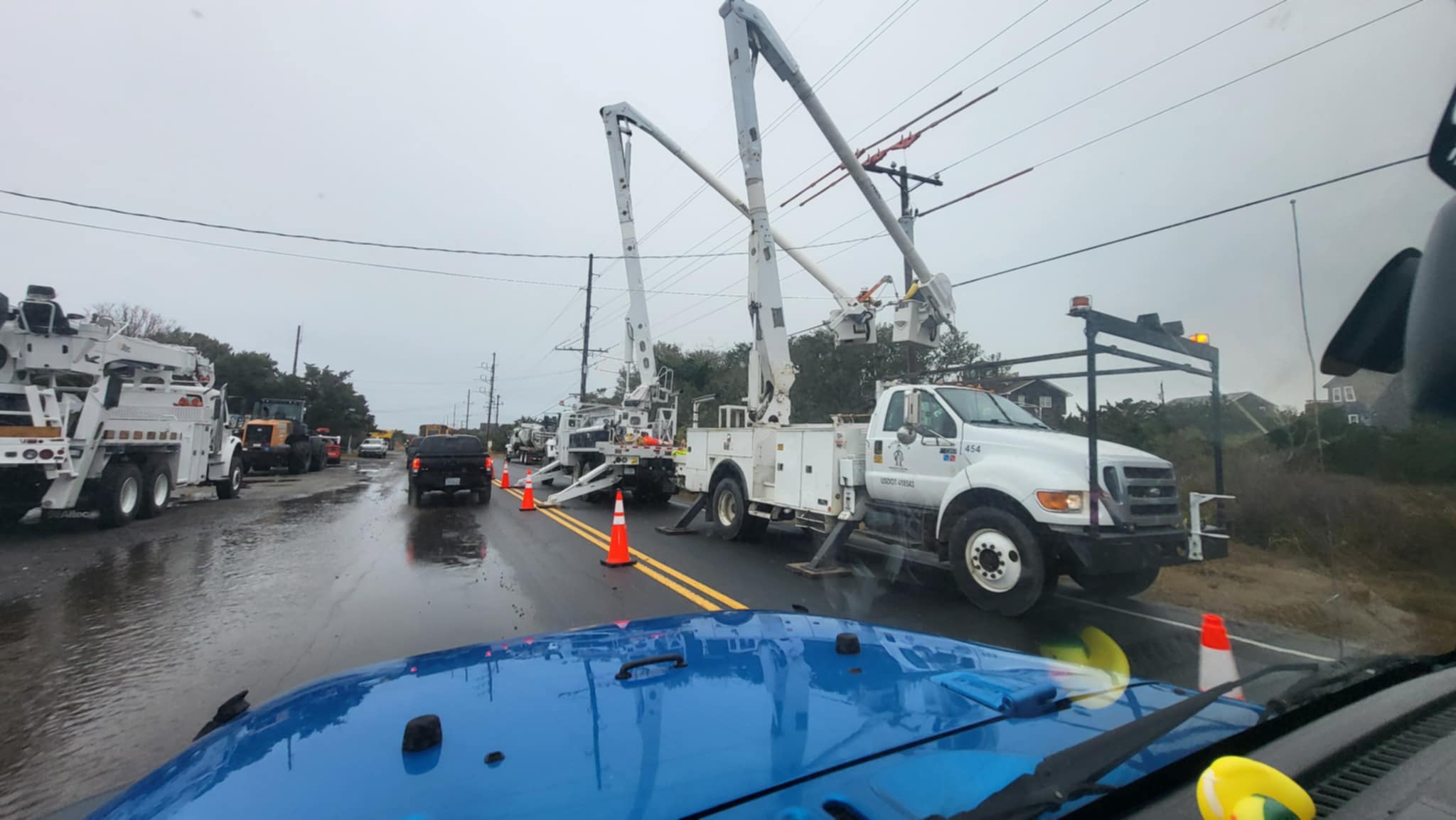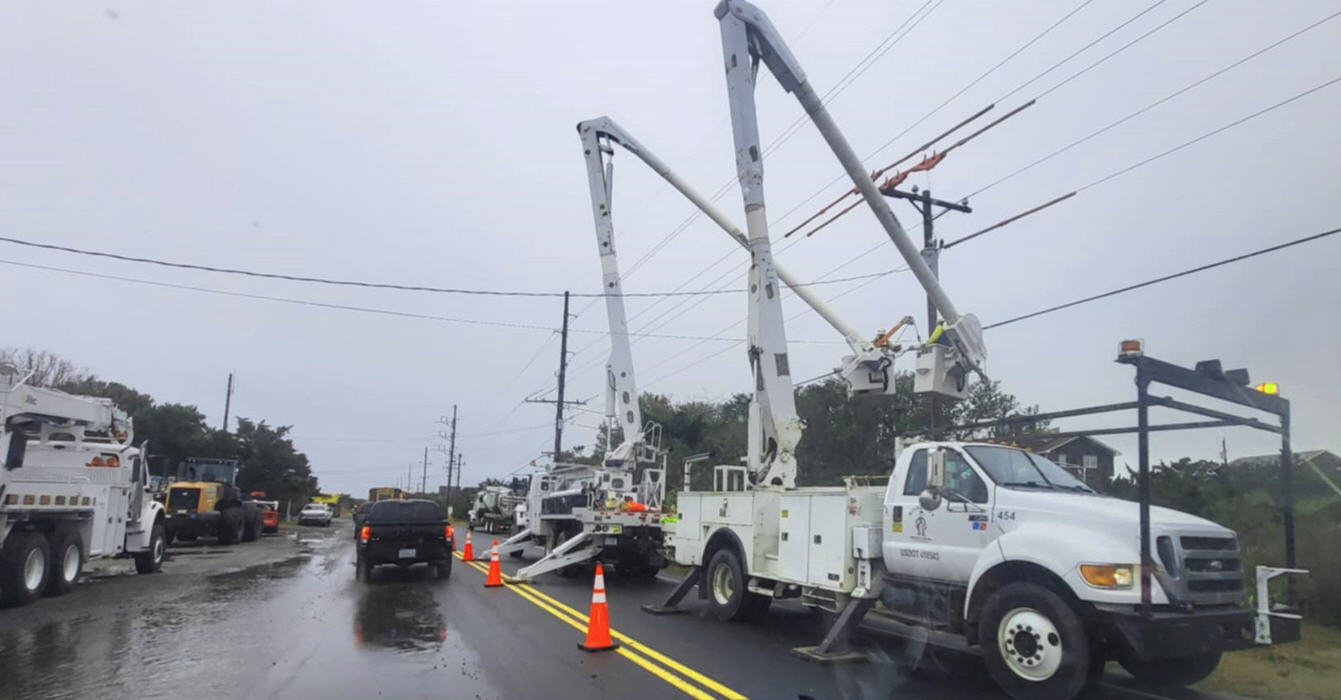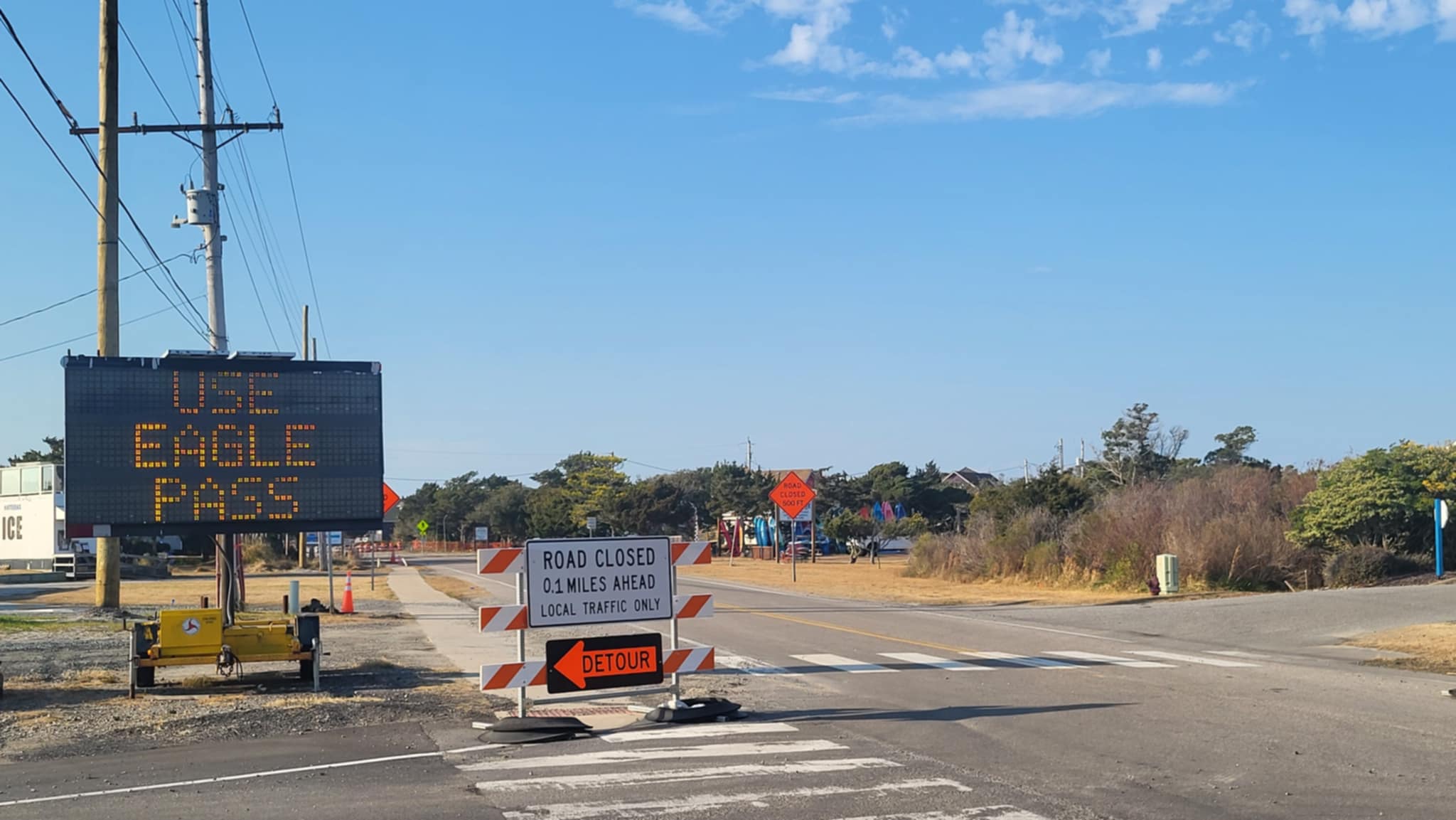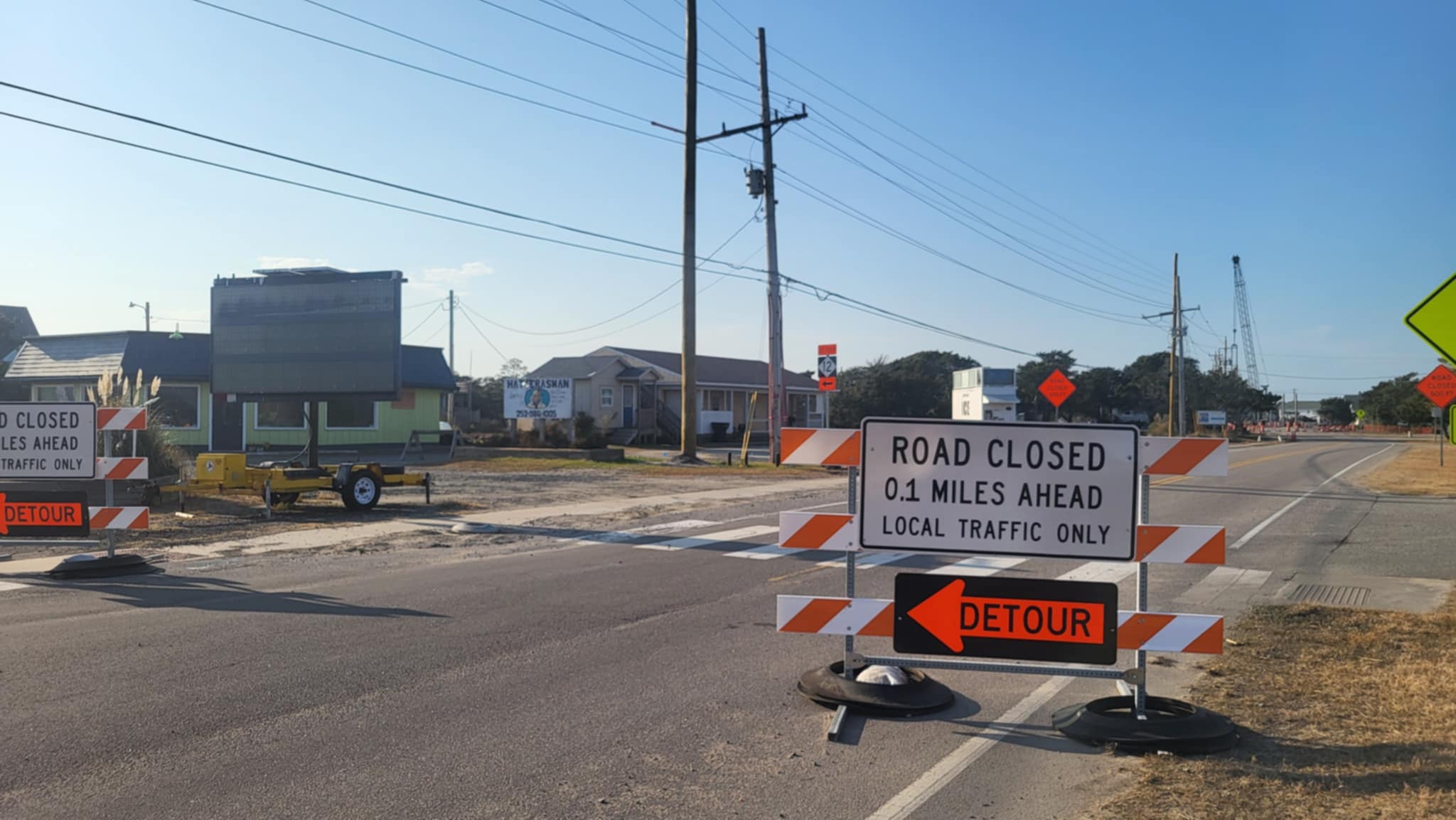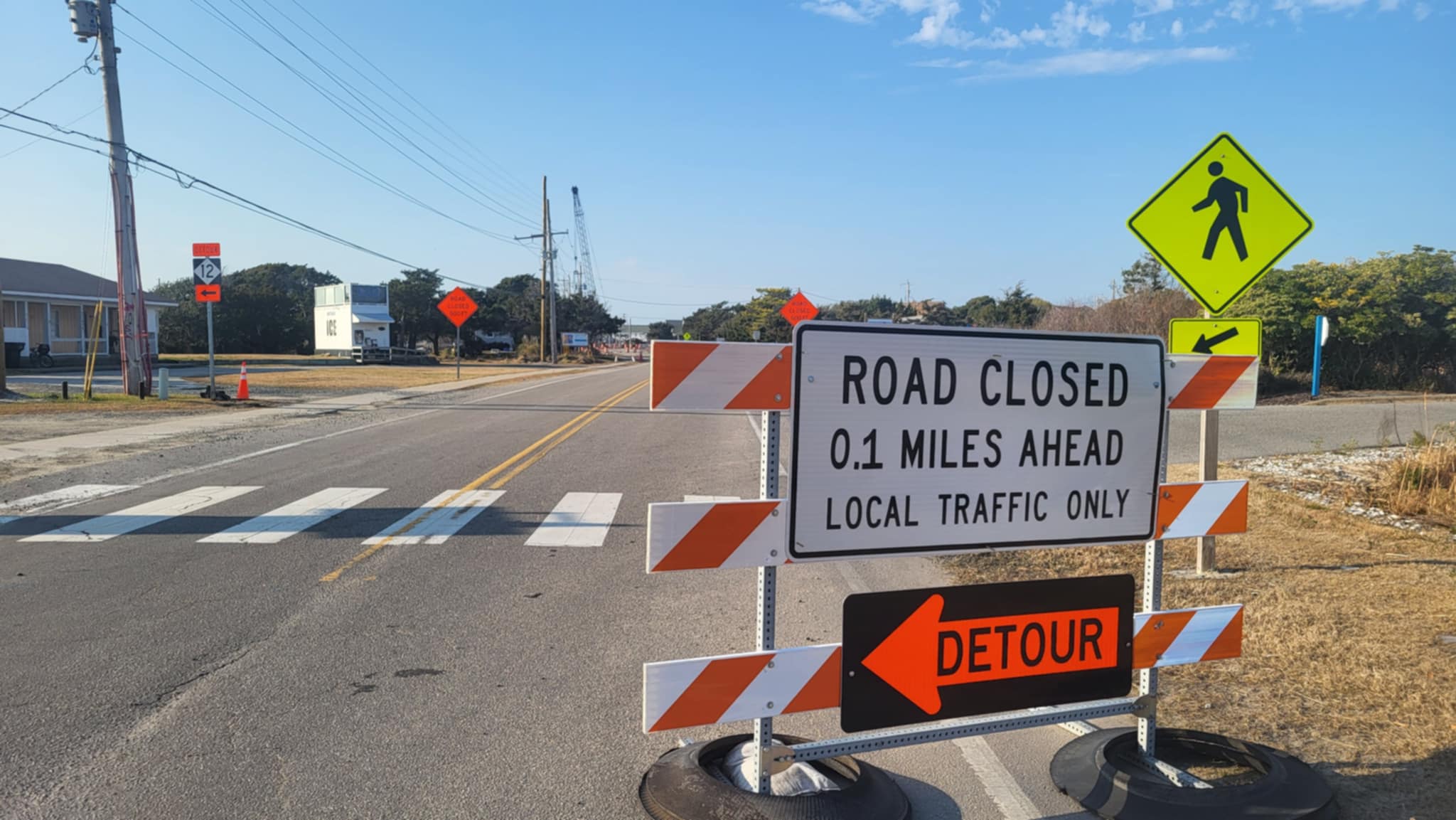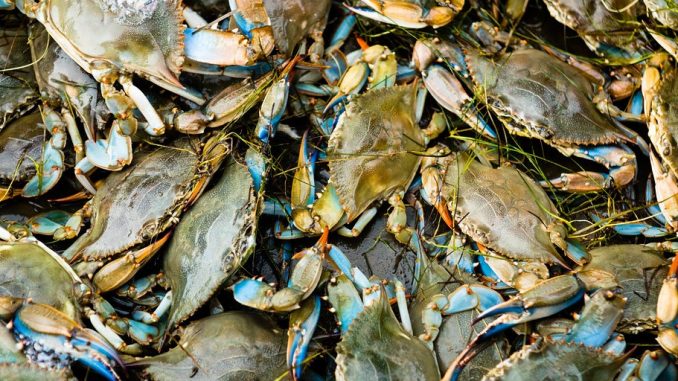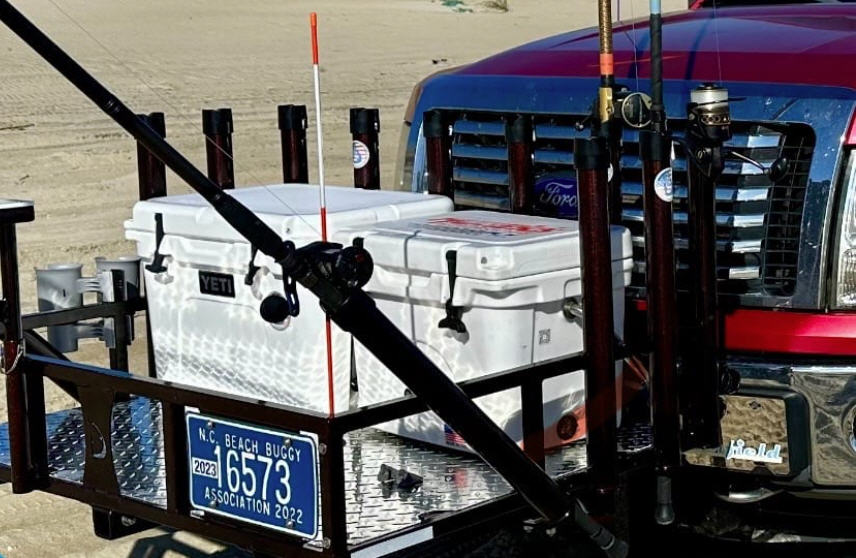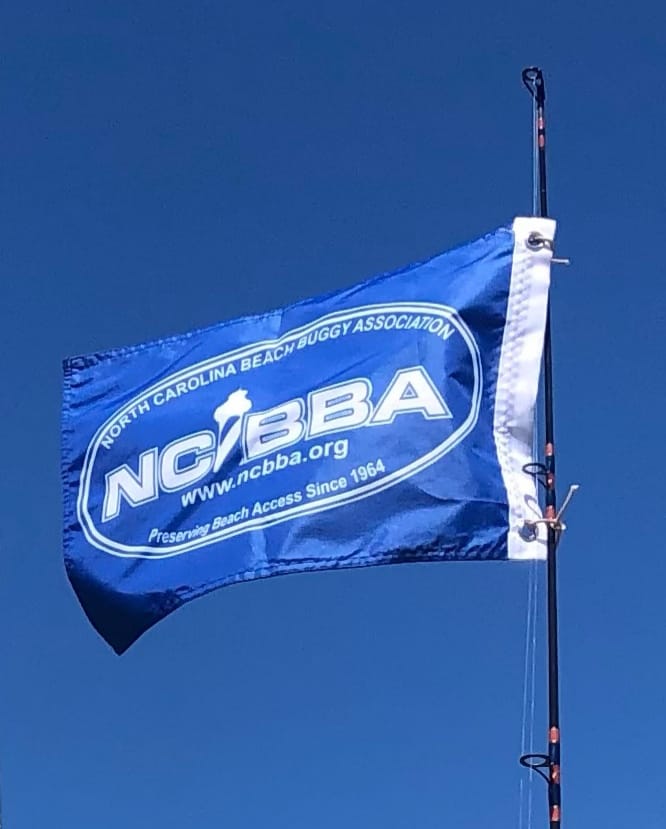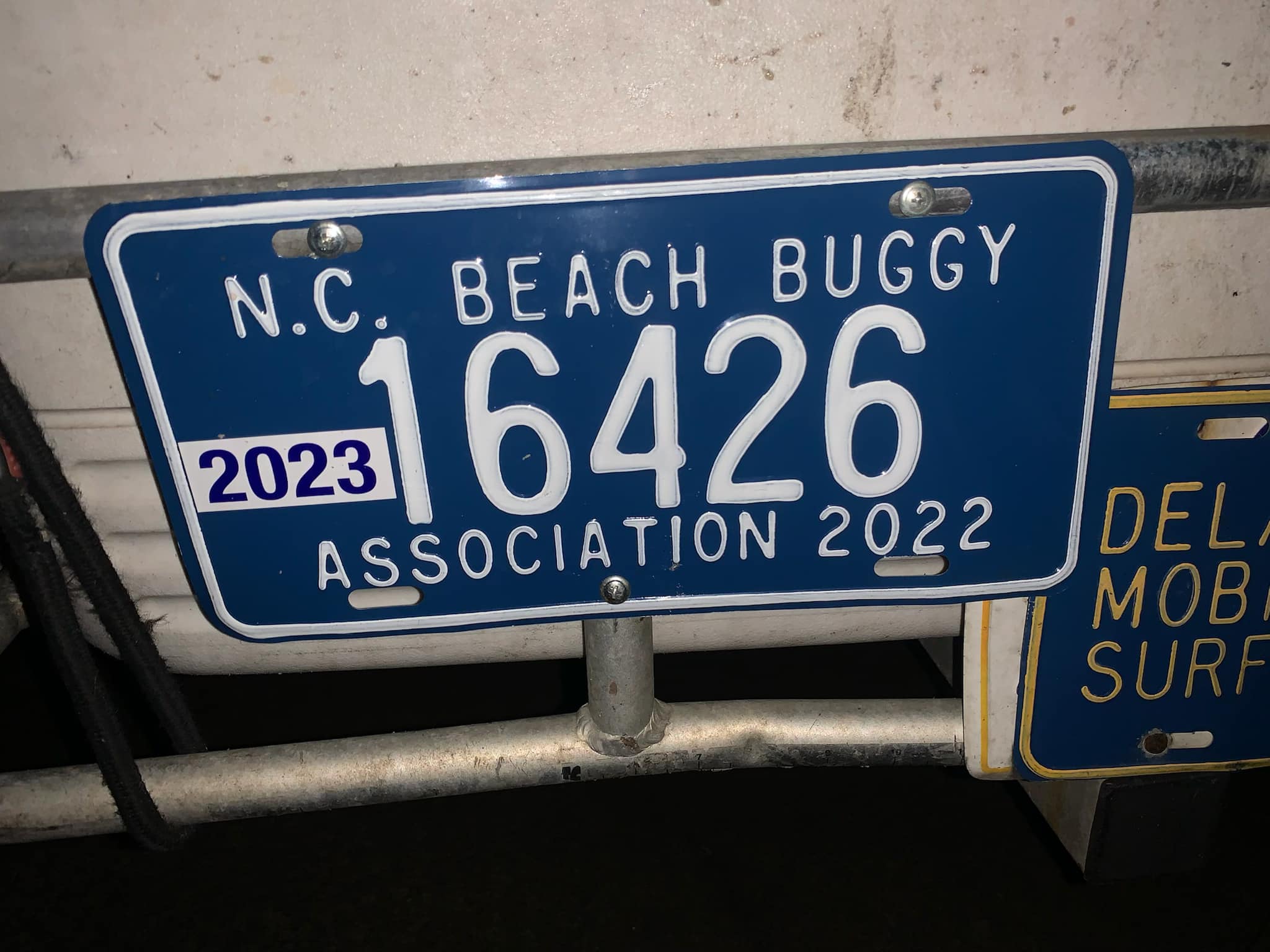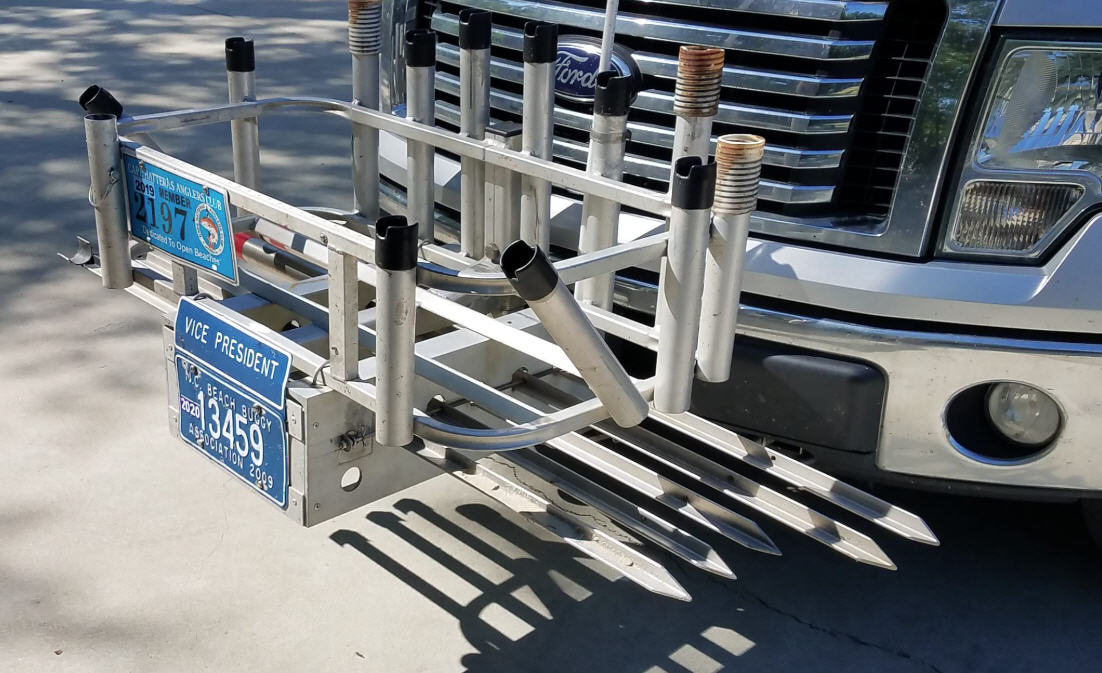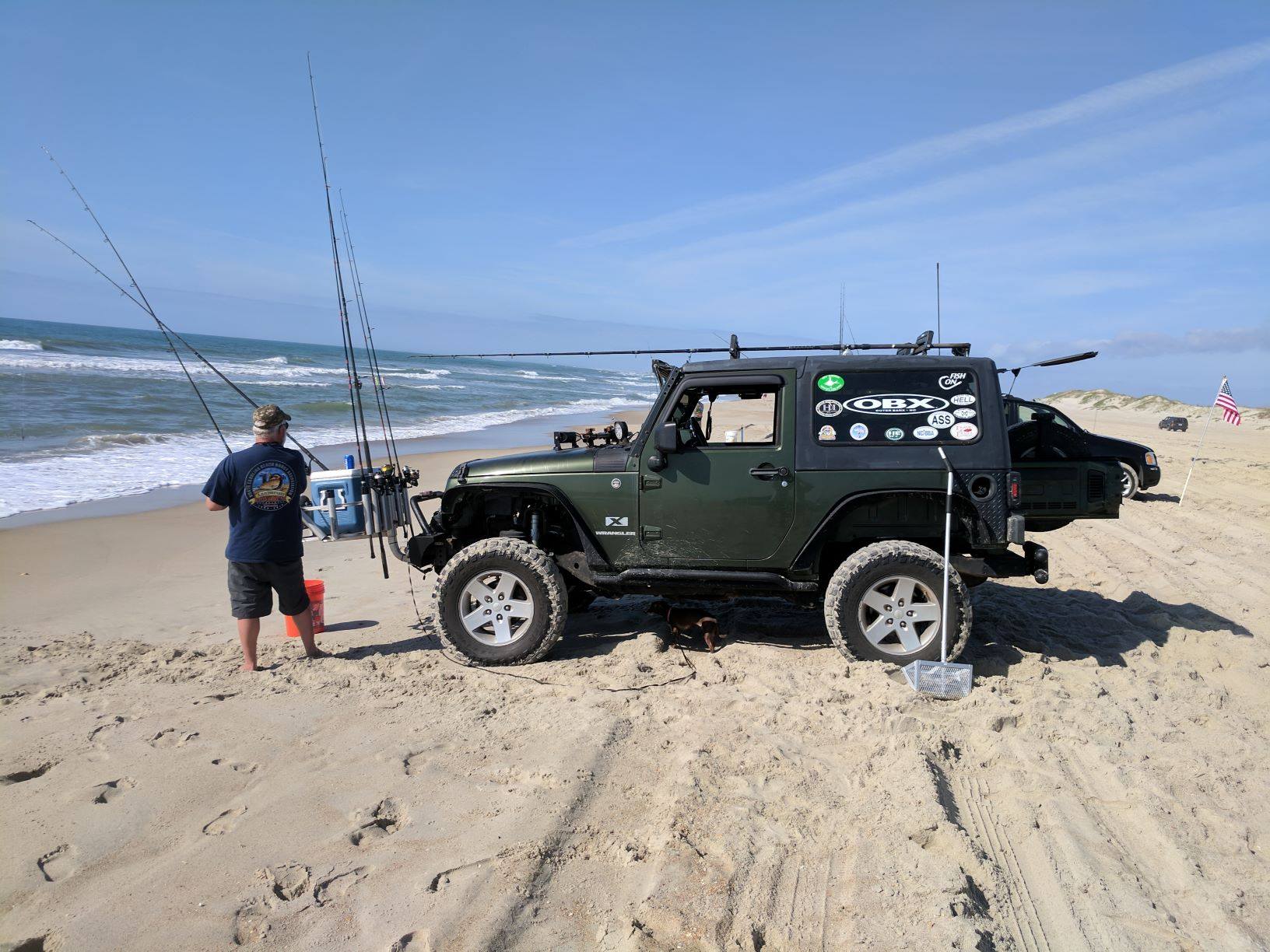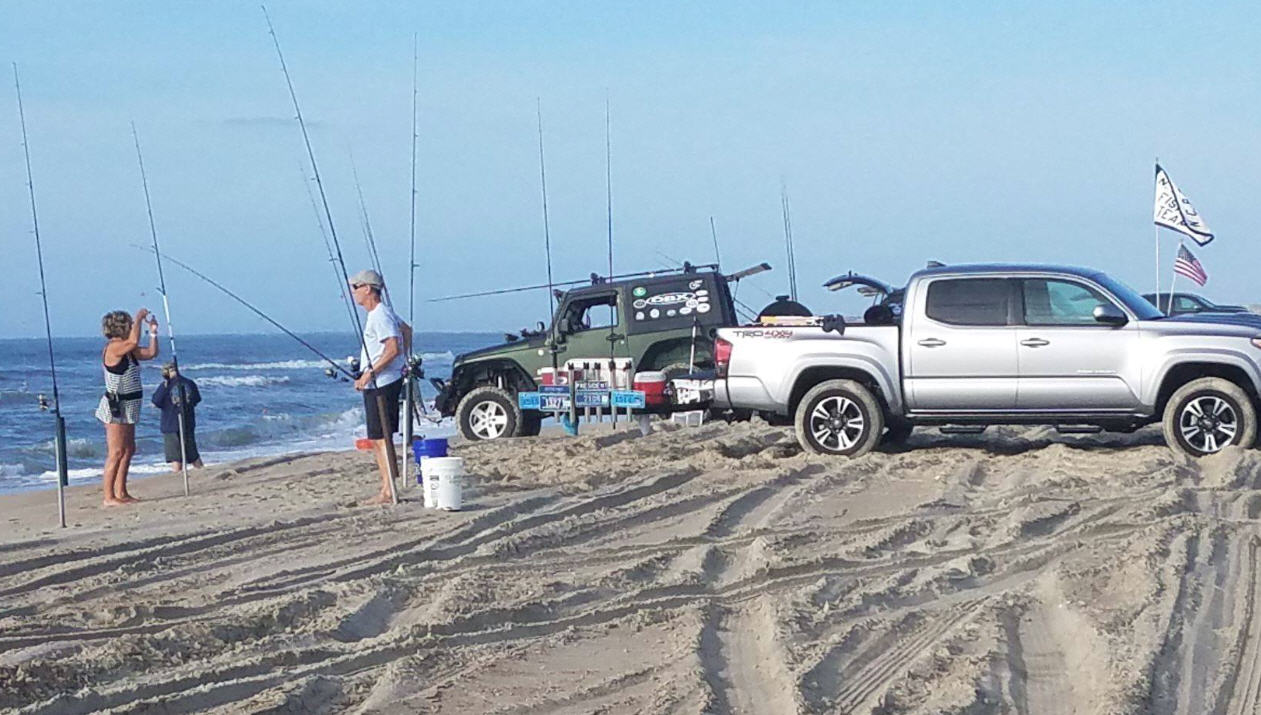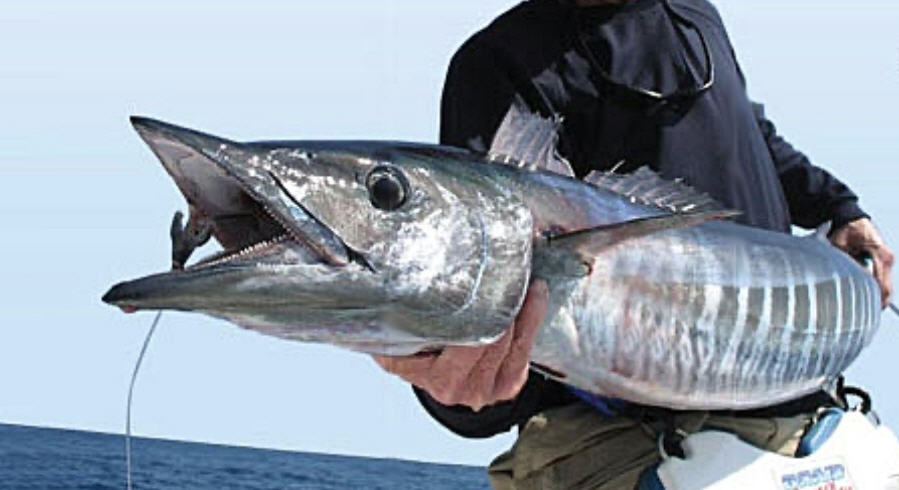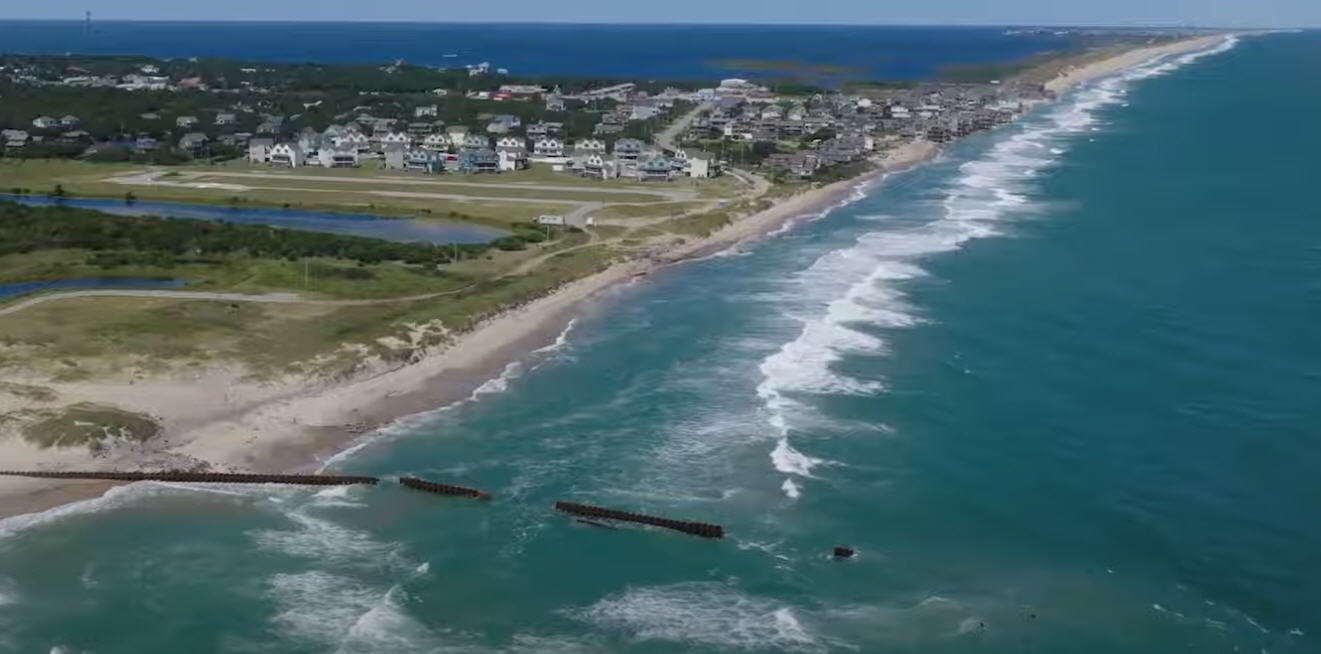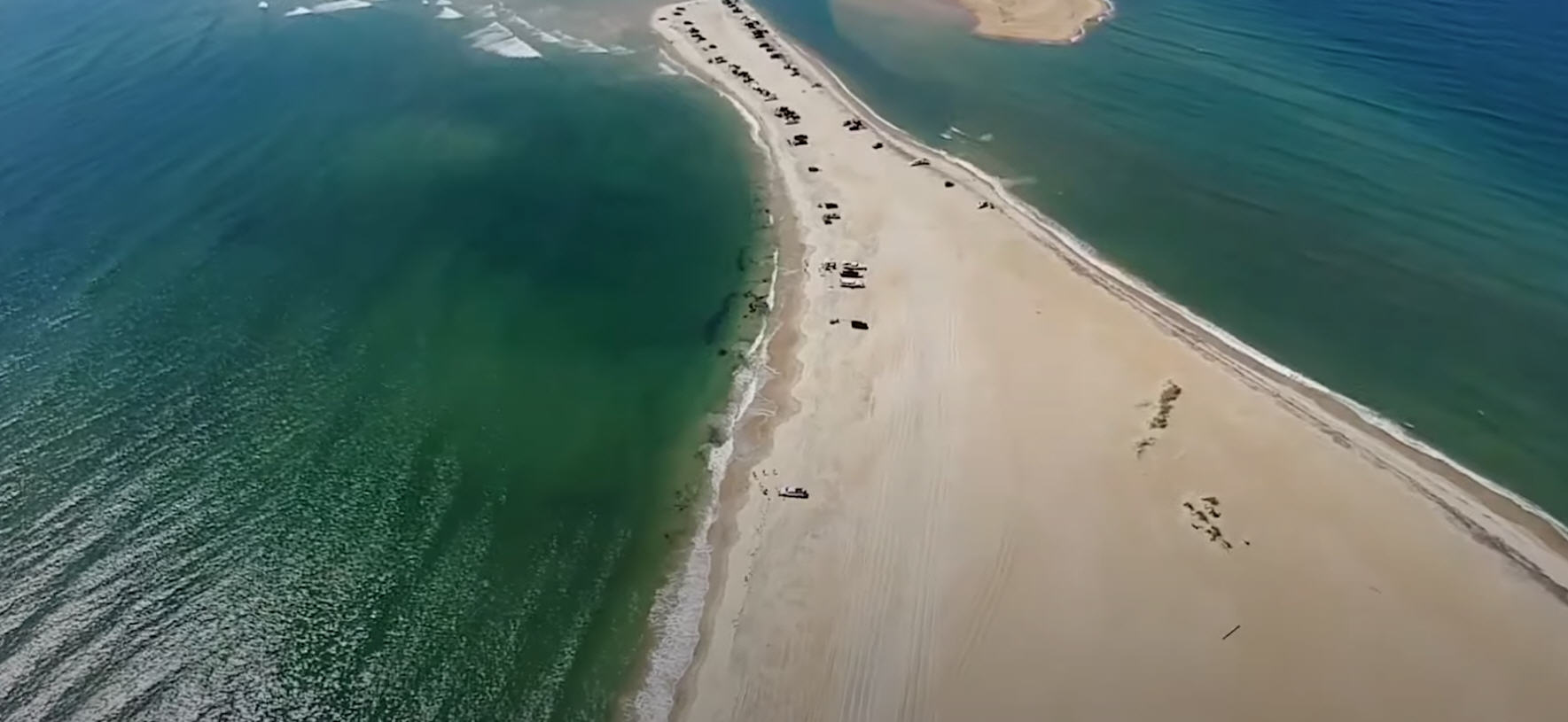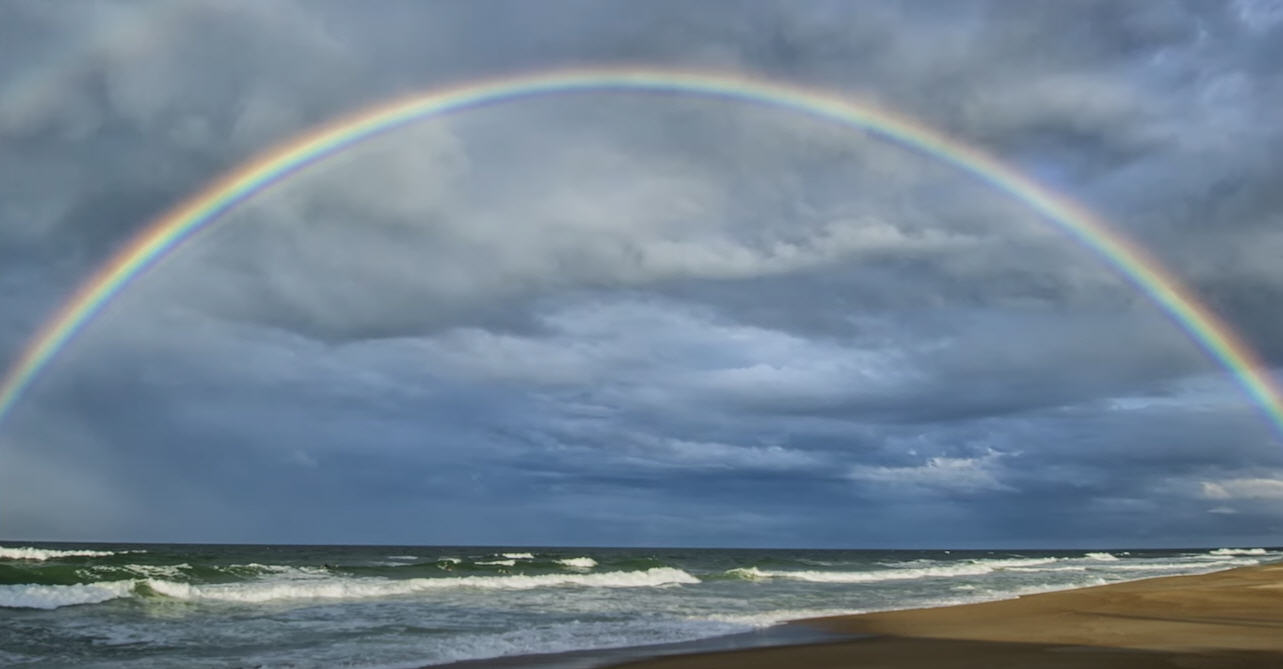Waves of whelks make an appearance after Hurricane Lee
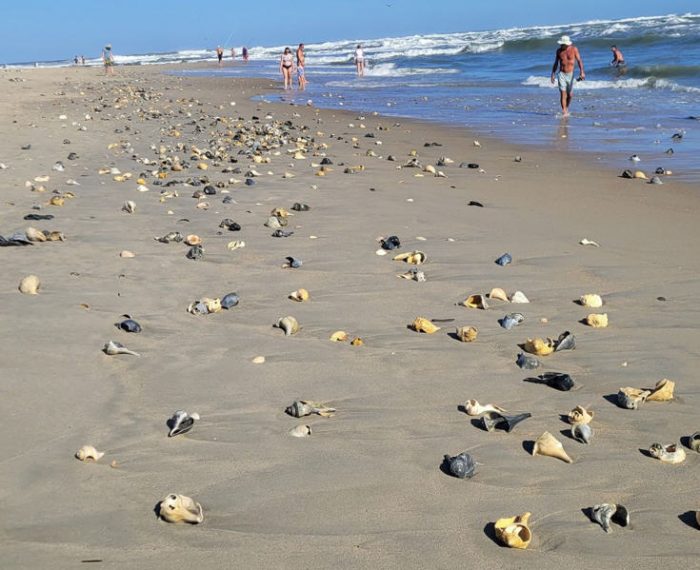
Hatteras Island beachcombers were treated to a treasure trove of finds over the weekend, as Hurricane Lee left behind waves of whelks that were spotted near Cape Point in Buxton.
Although Cape Point is usually considered a Mecca for fishermen, on Saturday and Sunday, it was one of the most popular shelling spots on the Outer Banks, as beachcombers took advantage of the many whelks and other traditionally rare finds, (such as Scotch bonnets), that made a temporary appearance.
According to a 2019 Island Free Press Beachcomber’s View column, Whelk shells are often mistakenly called conch shells, but there are many differences between the two shell types. For starters, aside from the whelks preferring cold water and conchs preferring tropical waters, whelks are carnivores – and at times, cannibals – whereas conchs are herbivores.
There are more than 50 kinds of whelks around the world, and there are six varieties of whelks that can be found along the coast of Hatteras and Ocracoke Islands – Knobbed, Kiener, Lightning, Channeled, Pear, and Fig. (Knobbed whelks resemble Lightning whelks, but Knobbed whelks open to the right.) Whelks can range in size from 0.5 inches to over 12 inches, and because of their toughness, broken pieces of these whelks can be found on almost every beach on the Outer Banks.
It’s not unusual for waves of shells to wash ashore after storms, and while it’s unknown how long the latest bounty from Hurricane Lee will last, Cape Point is currently the hot spot on Hatteras Island for fishermen and beachcombers alike.






